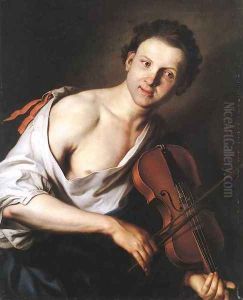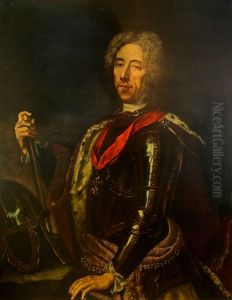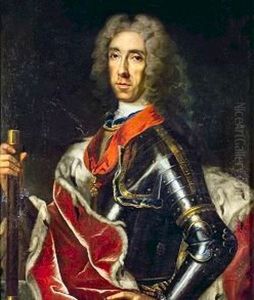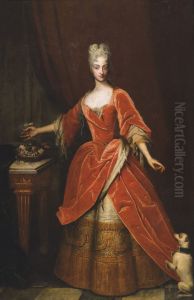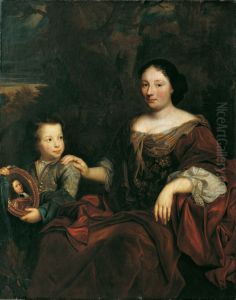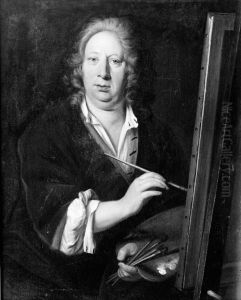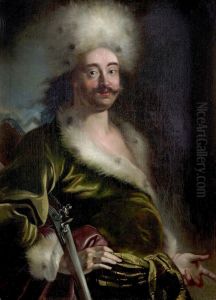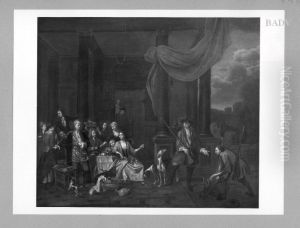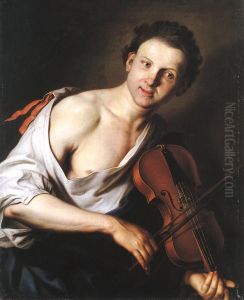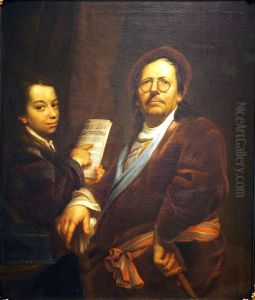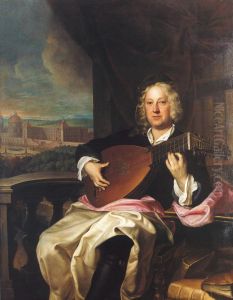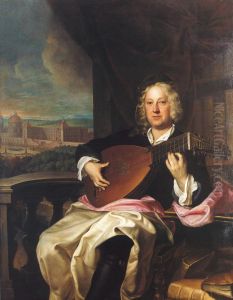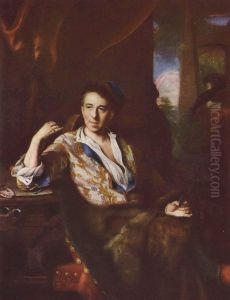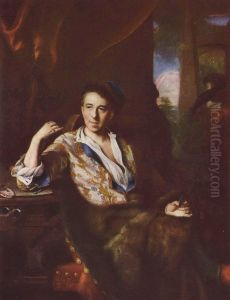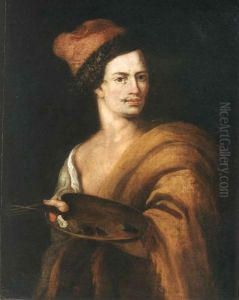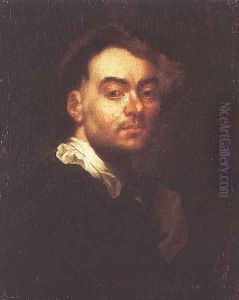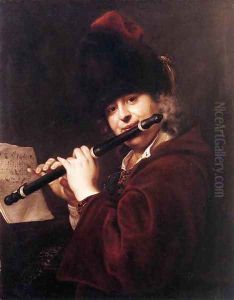Jan Kupecky Paintings
Jan Kupecký, also known as Johann Kupetzky, Johann Kupecky, Jan Kupeczki, was a prominent Baroque portrait artist. He was born on May 16, 1667, in Pezinok, now in Slovakia, which was then part of the Kingdom of Hungary. His early life was marked by the struggles of his family during the anti-Habsburg uprisings in Hungary, which influenced his upbringing and early experiences.
Kupecký showed an inclination towards art from a young age and received his initial training from the Hungarian painter Stephan Dorffmeister at the age of 20. Later, he ventured to Vienna, where he worked under the guidance of the court painter Peter Strudel who ran a prestigious academy. Strudel's academy played a crucial role in shaping Kupecký's artistic foundation, exposing him to the works of the leading European painters and helping him to develop his skills in portrait painting.
In search of better opportunities and artistic development, Kupecký left Vienna for Rome in 1696. There he studied the works of the great Italian masters and absorbed the Italian influence which would become apparent in his later works. He was particularly influenced by the Bolognese School and the work of the Carracci family. However, unlike many of his contemporaries who became enamored with the grandiosity of the High Baroque, Kupecký maintained a preference for a more realistic portrayal in his portraits.
After spending time in Rome, Kupecký moved to Nuremberg in 1709 and later to Vienna in 1711, where he was appointed as a court painter. His reputation as a portrait artist grew rapidly, and he became sought after by the aristocracy throughout the Habsburg empire. Kupecký's portraits are known for their refined elegance and the detailed depiction of textures, particularly in the rendering of fabrics and jewels. His subjects are often shown with a gentle, soft expression, set against a dark background which enhances the luminosity of their faces and hands.
Kupecký's work reflects the transitional period from the late Baroque to the Rococo, and he is often considered one of the leading portraitists in Central Europe of his time. His portraits are characterized by a distinctive style that incorporated elements of the realistic Dutch school, as well as the grandeur of the Baroque. He was also influenced by the clarity and precision of the French portraitists.
Jan Kupecký died on July 16, 1740, in Nuremberg. His legacy includes a vast collection of portraits that offer insight into the cultural and social milieu of the Baroque period in Central Europe. Today, his works can be found in numerous museum collections, including the National Gallery in Prague, the Kunsthistorisches Museum in Vienna, and the National Museum in Warsaw.
